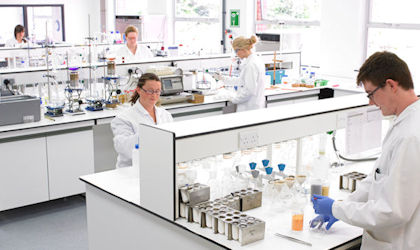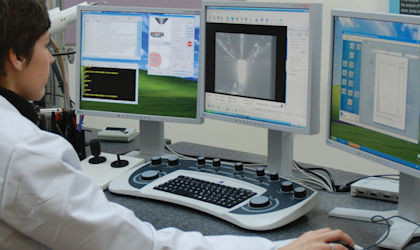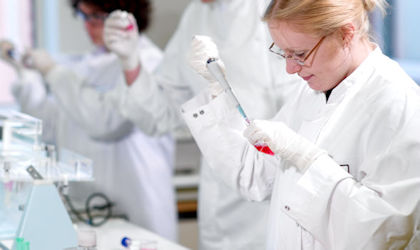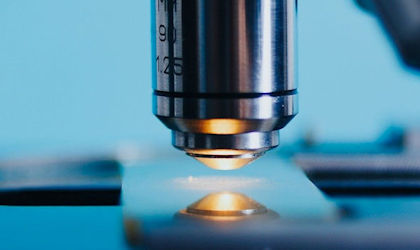Structure and physical properties of foods
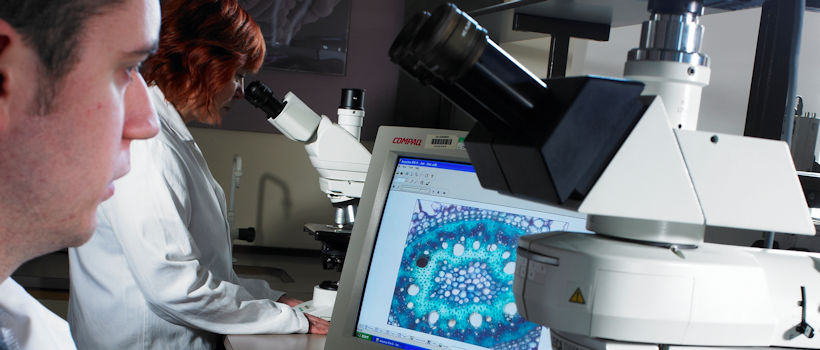
To discuss your needs
Physical properties of food are aspects such as colour, structure, texture, rheology and interfacial properties, and composition. We have a range of instrumental methods for objectively characterising and measuring food structure and physical properties. These are useful for applications such as new product development, benchmarking, reformulation and specification.
Colour
Consistent and accurate measurements of the colour and visual appearance of food products is extremely important. Various methods are available for colour measurement, allowing a wide variety of sample types to be measured. Colour measurement results are typically provided on the CIELAB scale. Others are available on request.
Structure
The structure of food influences texture. Examples include porous products such as aerated foods and bakery products where the bubble structure affects softness, and starch-based snacks where it affects crispiness.
Food structure analysis using X-ray micro-CT
X-ray micro-CT offers non-destructive imaging and structure measurement in 3D. Images and movies showing the internal structure of products can be generated. Measurements of porosity, bubble size distribution and structure thickness (wall size) can be performed.
Texture
Food texture is an important sensory attribute as it affects the way food tastes and how it feels in the mouth. The texture depends on the rheological properties of the food and evaluation involves measuring the response of a food when it is subjected to forces such as cutting, shearing, chewing, compressing or stretching.
Rheology and interfacial properties
The rheological properties of food materials are important in determining the texture as well as how they behave physically when subjected to physical forces and forced to flow. The rheological properties of raw materials, intermediate products such as batters and doughs as well as final products can be studied.
Thermal analysis
Thermal analysis techniques measure the physical and chemical properties of foods as a function of temperature or time.
Compositional mapping
Many food products have a non uniform distribution of composition. For example, fried products have a higher fat content near surfaces, and baked products have a higher moisture content in the centre of the product. Compositional mapping techniques allow these gradients to be measured and visualised.
Key services
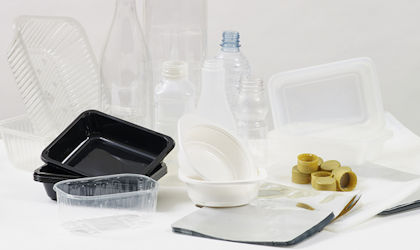
Packaging down the microscope
Microscopy use a range of techniques to examine packaging materials including plastic and metal.
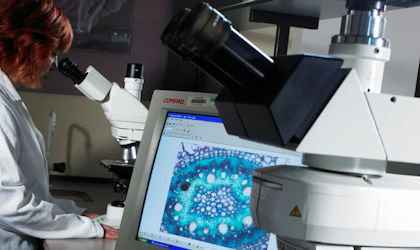
Structure and physical properties
Methods for objective characterisation of food structure and physical properties.
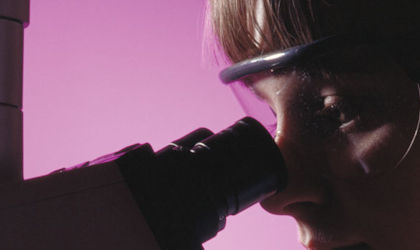
Foreign body identification scheme
Run independently from our own foreign body laboratory, the FOBS scheme enables other laboratories to check their competence in the identification of foreign bodies.
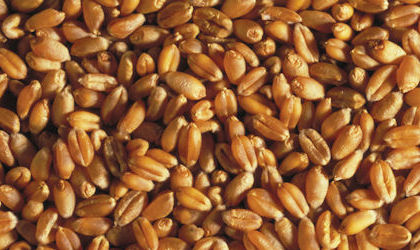
Cereals and milling services
Cereals and milling testing services information, pricing and submission.
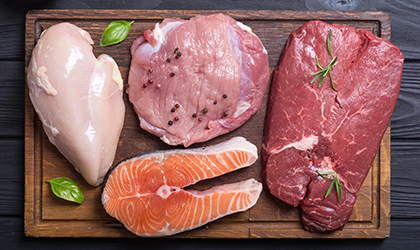
Meat, poultry and seafood analysis
Analysis supporting meat, poultry and seafood suppliers, manufacturers and retailers.
Food analysis and testing
Explore our analysis and testing related courses including; calculating meat content and wine analysis
Are you getting the most from your Membership?
Watch our membership FAQ videos and find out more about Member Service Account spending, Member Interest Groups, help and advice
Where we refer to UKAS Accreditation
The Campden BRI group companies listed below are accredited in accordance with the recognised International Standard ISO/IEC 17025:2017 by the United Kingdom Accreditation Service (UKAS). The accreditation demonstrates technical competence for a defined scope of methods, specific to each site, as detailed in the schedules of accreditation bearing the testing laboratory number. The schedules may be revised from time to time and reissued by UKAS. The most recent issue of the schedules are available from the UKAS website www.ukas.com. Campden BRI (Chipping Campden) Limited is a UKAS accredited testing laboratory No. 1079


